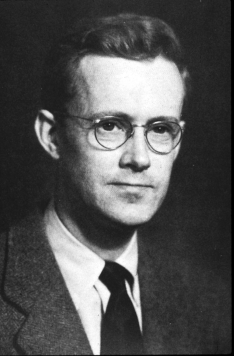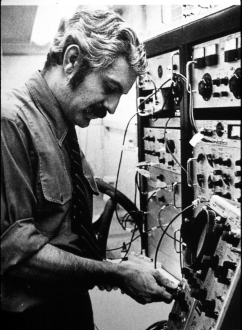 12 12 |
Founding FathersEward Purcell (left) and Raymond Damadian (right) |
 12 12 |
MRI, as with all medical imaging techniques, is a relatively new technology with its foundations beginning during the year of 1946. Felix Bloch and Edward Purcell independently discovered the magnetic resonance phenomena during this year, and were later awarded the Nobel Prize in 1952. Up until the 1970s MRI was being used for chemical and physical analysis. Then in 1971 Raymond Damadian showed that nuclear magnetic relaxation times of tissues and tumors differed motivating scientists to use MRI to study disease. With the advent of computed tomography (using computer techniques to develop images from MRI information) in 1973 by Hounsfield, and echo-planar imaging (a rapid imaging technique) in 1977 by Mansfield, many scientists over the next 20 years developed MRI into the technology that we now know today.
Perhaps one of the most exciting developments of these was the advent of superconductors. These superconductors make the strong magnetic fields used in MRIs possible. Due to all of these technologies required, the first human being MRI examination did not occur until 1977. Since then, faster computing has made the MRI process much faster. The most significant advancement in MRIs occurred in 2003, when the Nobel Prize was won by Paul C. Lauterbur and Peter Mansfield for their discoveries of using MRIs as a diagnostic tool.
Made 21 March 2006